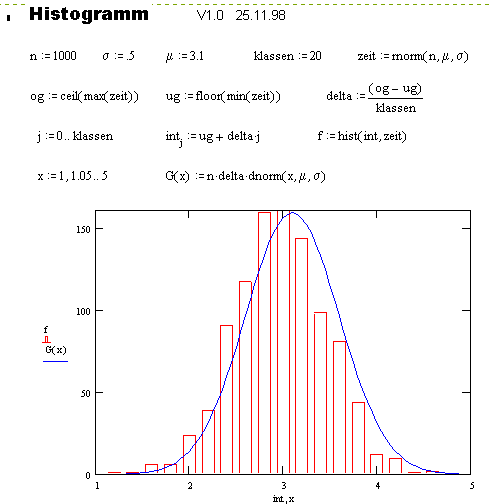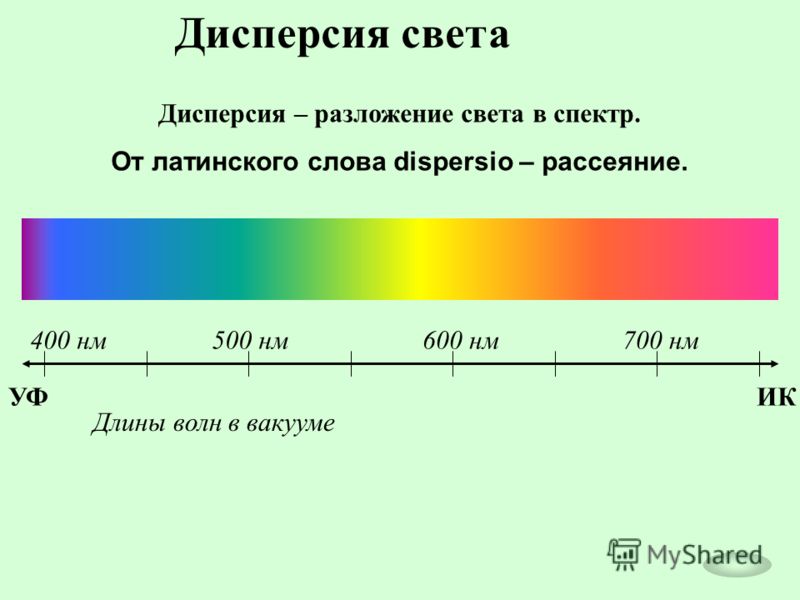
Among those, oxidative dispersion is one widely adopted process for the regeneration of used industrial catalysts 6, 7, 8, 9, 10, 11. Many regeneration methods are developed to redisperse the sintered metal catalysts, such as oxidation–reduction, chlorination–oxychlorination, thermal treatment with halohydrocarbons, etc 2, 4, 5, 6.

Sintering is a longstanding problem in heterogeneous catalysis leading to deactivation after the long-term operation at high temperatures 1, 2, 3. We further understand the oxidative dispersion mechanism from the view of dynamic equilibrium taking temperature and gas pressure into account, which should be applied to many other metals such as gold, copper, palladium, etc. In situ observations show that the dispersed nearly-metallic silver nanoclusters are oxidized upon cooling in oxygen atmosphere, which could mislead to the understanding of oxidation-induced dispersion. The strong gas-metal interaction achieved by chemisorption of oxygen on nearly-metallic silver nanoclusters is the internal driving force for dispersion. Utilizing environmental scanning (transmission) electron microscopy and near-ambient pressure photoelectron spectroscopy/photoemission electron microscopy, we unravel a new adsorption-induced dispersion mechanism in such a typical oxidative dispersion process. Here, we show dynamic dispersion of silver nanostructures on silicon nitride surface under reducing/oxidizing conditions and during carbon monoxide oxidation reaction. However, the interplay of gas-metal-support interaction in the dispersion processes, especially the gas-metal interaction has not been well illustrated.

Oxidative dispersion has been widely used in regeneration of sintered metal catalysts and fabrication of single atom catalysts, which is attributed to an oxidation-induced dispersion mechanism.


 0 kommentar(er)
0 kommentar(er)
